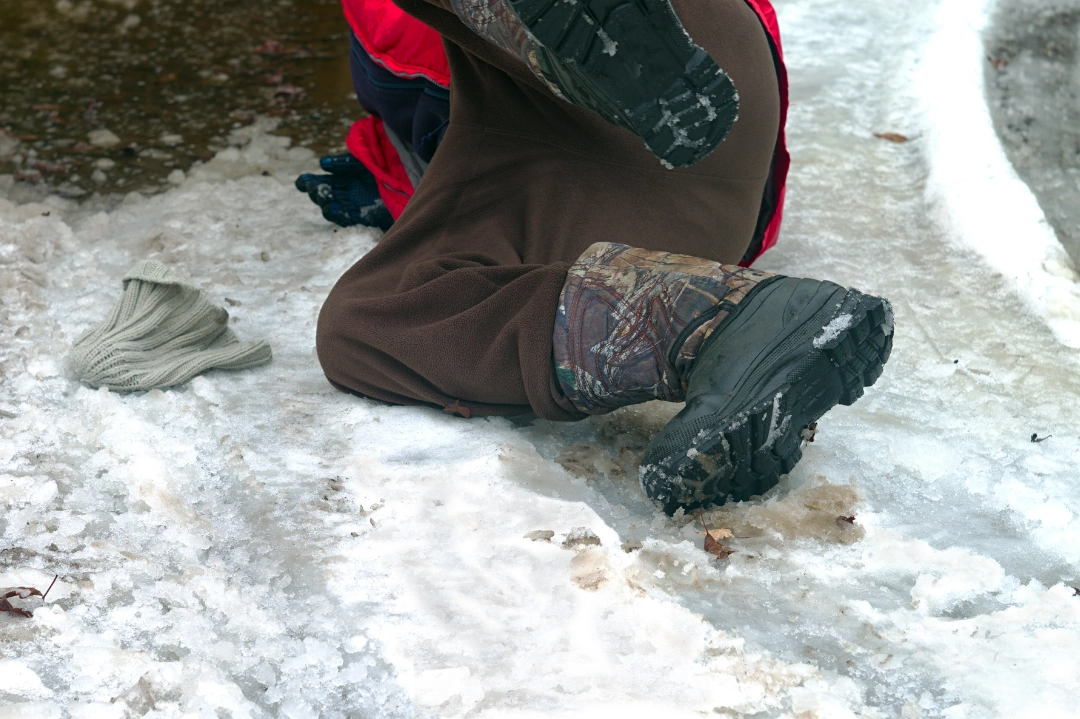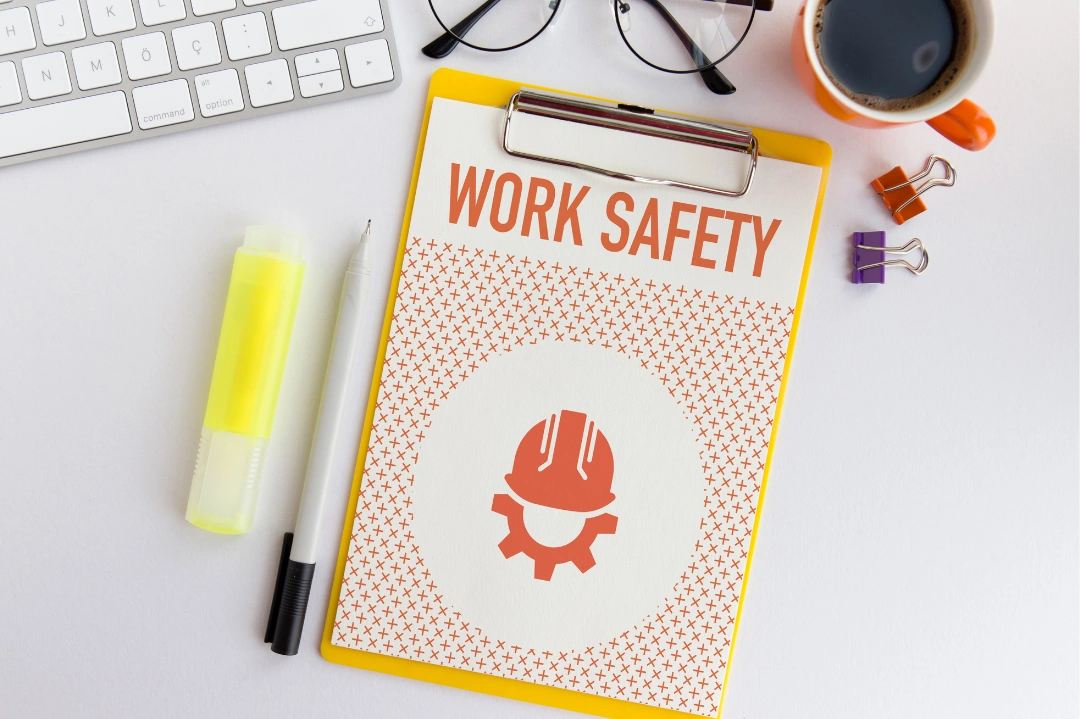
How The Buddy System Can Keep Your Workers Safe
Keeping workers safe is a top priority, especially for those who perform their duties alone. Working without direct supervision brings added risk, whether in construction, home healthcare, maintenance, or remote fieldwork. That’s where the buddy system comes in.
Employers can strengthen the culture of accountability, communication, and fast response during emergencies by pairing employees who look out for one another. If you are an employer of lone workers, explore how the buddy system works and why it’s an effective tool to protect your team.
What Is The Buddy System?
The buddy system is a simple yet powerful approach to workplace safety. Traditionally used in schools and the military, it pairs individuals who take joint responsibility for each other’s well-being. In professional environments, it’s particularly effective for roles that involve isolation or higher-risk activities.
Each person in a buddy pair stays in regular contact with their partner and checks in at scheduled intervals. If something goes wrong, such as a fall, injury, or unresponsiveness, the buddy can act quickly or notify supervisors.
Beyond safety, the buddy system improves morale and reduces stress. Knowing someone is looking out for you builds trust and encourages better communication across the team. This culture of accountability can have a long-lasting impact on worker satisfaction and retention.
The Importance Of The Buddy System For Lone Workers
Lone workers often operate without immediate support, which puts them at greater risk in emergencies. Whether someone slips on a wet floor, experiences a medical issue, or encounters a threat from a stranger, a delayed response can escalate the danger. That’s why the buddy system is especially valuable in roles with limited oversight.
Employers create a built-in safety net by pairing lone workers. Buddies regularly check in with each other by phone, radio, or messaging apps. These small touchpoints help identify issues before they become serious and ensure that help arrives faster if something goes wrong.
In home healthcare, for instance, a buddy system may involve two caregivers sharing check-in duties during client visits. In construction or maintenance, workers may monitor each other’s status throughout the day using wearable devices or scheduled calls.
These real-world examples show how the buddy system prevents accidents from becoming tragedies, builds trust and teamwork, and reinforces a culture of shared responsibility.
Implementing The Buddy System In The Workplace
Creating an effective buddy system starts with clear planning and structure. Employers should begin by identifying roles where workers are frequently alone or exposed to higher risk. From there, assigning buddy pairs based on compatible schedules, communication styles, and experience levels helps build trust and efficiency.
A successful buddy system includes:
- ●
Defined Roles: Each person is responsible for checking in at set intervals and reporting concerns.
- ●
Consistent Check-Ins: Buddies should connect regularly through a reliable method, whether it’s phone, radio, or app-based.
- ●
Clear Protocols: Outline steps to follow if one party doesn’t respond or reports an emergency.
- ●
Documentation: Keep records of check-ins and incidents for accountability and ongoing improvement.
Buddies should be dependable, responsive, and willing to support each other. Cross-training can help ensure that one worker can act quickly if the other is in distress.
By treating the buddy system as an essential safety protocol, not just a suggestion, employers create a culture that values responsibility, quick action, and worker well-being.
Training And Communication
A buddy system only works when both parties understand their roles and stay in close contact. That’s why training and communication are necessary. Every team member should know how to perform check-ins, respond to alerts, and escalate emergencies.
Provide training on:
- ●
Recognizing safety red flags during check-ins
- ●
Using communication tools like phones, radios, or check-in apps
- ●
Emergency procedures and when to call for help
Encourage open, respectful communication between buddy pairs. Let workers know they can speak up if a process isn’t working or if they have concerns.
Investing in digital tools like automated check-in systems or wearable safety tech can make coordination easier, especially for teams spread across job sites or time zones.
Monitoring And Evaluating The Buddy System
Regular monitoring keeps your buddy system effective and responsive. Employers should track how well pairs are communicating, how quickly they respond during drills or incidents, and whether any gaps exist in the process.
Use these strategies:
- ●
Schedule routine check-ins with buddy teams to gather feedback.
- ●
Review safety reports for patterns or missed alerts.
- ●
Measure response times during emergency drills.
Adjust your protocols as needed. If a pairing isn’t working, reassign roles. If communication tools are unreliable, upgrade them. Periodic evaluations help refine the system and show employees that safety is a shared, ongoing priority.
Collecting input from frontline workers often reveals practical insights that lead to stronger policies and better outcomes.
Overcoming Challenges In The Buddy System
Even with the right intentions, implementing a buddy system can come with obstacles. Scheduling mismatches, communication breakdowns, or unclear responsibilities may reduce its effectiveness.
To address these issues:
- ●
Match shifts and responsibilities carefully so buddies can stay in contact.
- ●
Set clear expectations for how and when to check in with one another.
- ●
Use reliable communication tools like two-way radios or mobile apps.
- ●
Provide refresher training to reinforce accountability and emergency response.
Most challenges stem from a lack of planning or follow-through. Management support is critical. When supervisors model good safety behaviors and prioritize buddy system compliance, employees are more likely to do the same.
With ongoing attention and practical solutions, you can turn a basic pairing into a life-saving safety protocol.
Conclusion
The buddy system creates more than a safety net; it builds a culture where workers look out for one another. For lone workers, it can reduce risk, increase accountability, and provide peace of mind during each shift.
Employers who adopt the buddy system show a real commitment to worker well-being. With the right training, tools, and support, it becomes a practical, proven way to improve safety outcomes every day.
Support your team by putting connection and communication at the center of your safety plan.
Read More From the Lone Worker Blog
The Dangers Of Black Ice In The Workplace

Black ice is a hidden workplace hazard that can catch even the most vigilant lone workers off guard. This invisible layer of ice forms on roads and walkways, making it a significant risk during the winter months. Employers must understand the dangers of black ice to prevent accidents and protect workers.
Read MoreEnvironmental Health And Safety And Your Business

Employee safety is the biggest priority for businesses across the country, but how do you ensure that operations are safe and secure? Environmental Health and Safety (EHS) is a key component in addressing this challenge, focusing on protecting the environment and employee well-being.
Read More


